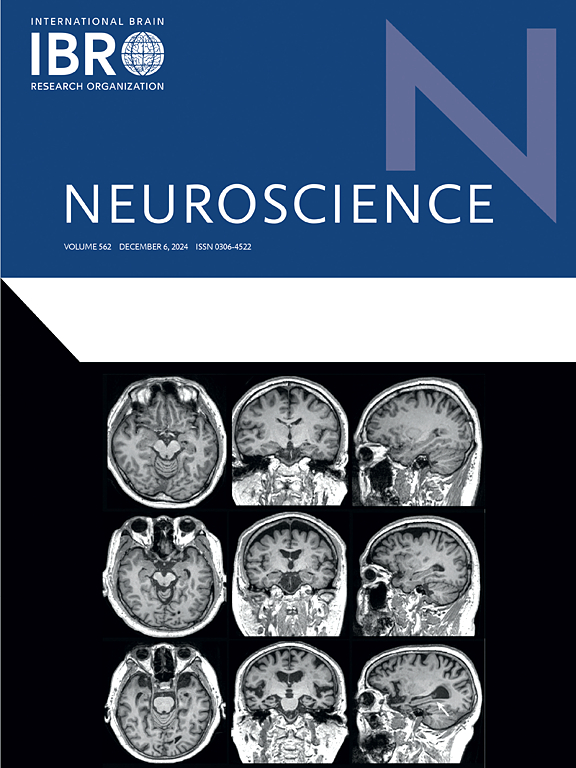Respiration triggered trans-spinal magnetic stimulation in healthy subjects
IF 2.9
3区 医学
Q2 NEUROSCIENCES
引用次数: 0
Abstract
Respiratory muscle dysfunction is usually observed in several neurological and pulmonary disorders. Consequently, it is essential to develop a clinically applicable strategy aimed at enhancing diaphragm excitability. The main objective of this study is to establish a respiration triggered trans-spinal magnetic stimulation protocol, and compare diaphragmatic motor evoked potentials during expiration-inspiration vs. inspiration-expiration transition. Bilateral diaphragm electromyograms were monitored in response to trans-spinal magnetic stimulation triggered by respiratory signals detected by the respiratory belt attached on the chest in 11 males and 10 females. The results demonstrated that bilateral diaphragmatic motor evoked potentials induced by trans-spinal magnetic stimulation gradually increased with increasing stimulation intensity in both male and female subjects. The response of diaphragmatic motor evoked potentials was greater when the stimulation was applied during inspiration-expiration transition in males; however, the modulatory effect of respiratory phase transition during trans-spinal magnetic stimulation was not observed in females. These findings suggested that respiration triggered trans-spinal magnetic stimulation is a feasible and non-invasively approach for selectively activating spinal circuits at a specific time point of the respiratory cycle to effectively induce greater diaphragmatic motor evoked potentials.
呼吸触发健康受试者的经脊髓磁刺激。
呼吸肌肉功能障碍通常见于几种神经和肺部疾病。因此,有必要开发一种临床适用的策略,旨在提高隔膜兴奋性。本研究的主要目的是建立呼吸触发的经脊髓磁刺激方案,并比较呼气-吸气和吸气-呼气转换期间的膈肌运动诱发电位。通过连接在胸部的呼吸带检测呼吸信号触发经脊髓磁刺激,监测11名男性和10名女性的双侧膈肌电图。结果表明,经脊髓磁刺激引起的双侧膈肌运动诱发电位随刺激强度的增加而逐渐升高。男性膈肌运动诱发电位在吸气-呼气转换时的反应更大;然而,经脊髓磁刺激时呼吸相变的调节作用未在女性中观察到。这些发现表明,呼吸触发的经脊髓磁刺激是一种可行的、无创的方法,可以在呼吸周期的特定时间点选择性地激活脊髓回路,从而有效地诱导更大的膈肌运动诱发电位。
本文章由计算机程序翻译,如有差异,请以英文原文为准。
求助全文
约1分钟内获得全文
求助全文
来源期刊

Neuroscience
医学-神经科学
CiteScore
6.20
自引率
0.00%
发文量
394
审稿时长
52 days
期刊介绍:
Neuroscience publishes papers describing the results of original research on any aspect of the scientific study of the nervous system. Any paper, however short, will be considered for publication provided that it reports significant, new and carefully confirmed findings with full experimental details.
 求助内容:
求助内容: 应助结果提醒方式:
应助结果提醒方式:


